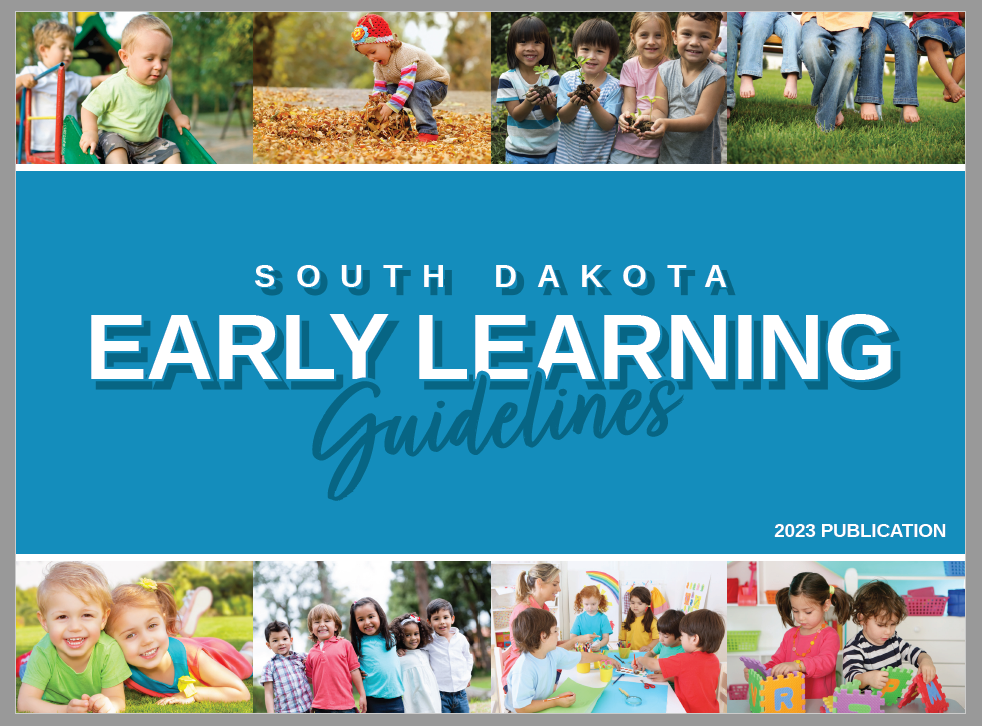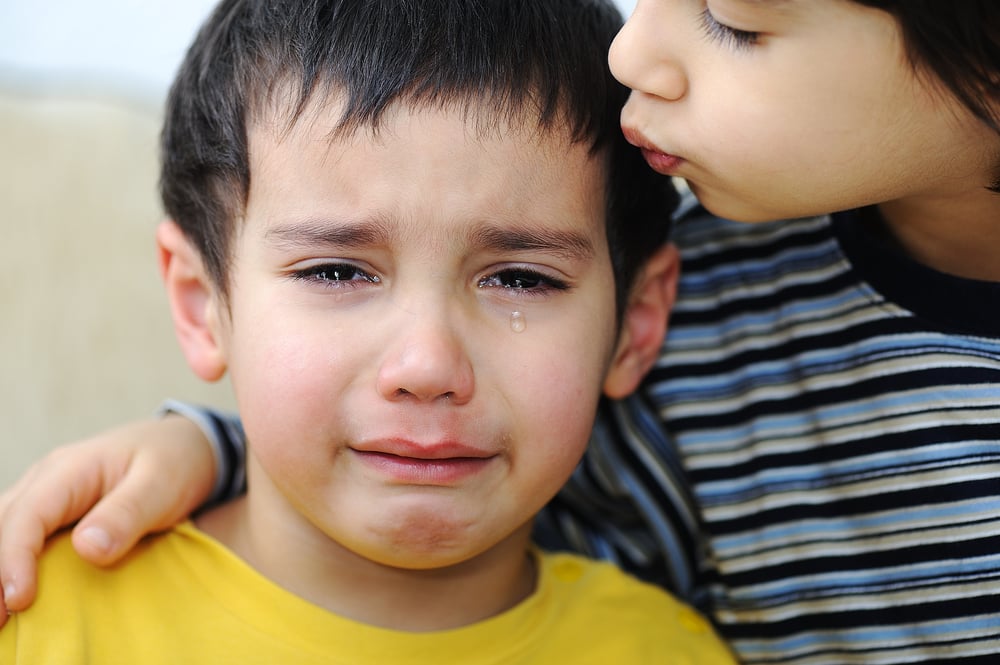Children are born with an inclination to learn. This is reflected in behaviors and attitudes such as curiosity, problem-solving, maintaining attention, and persistence.
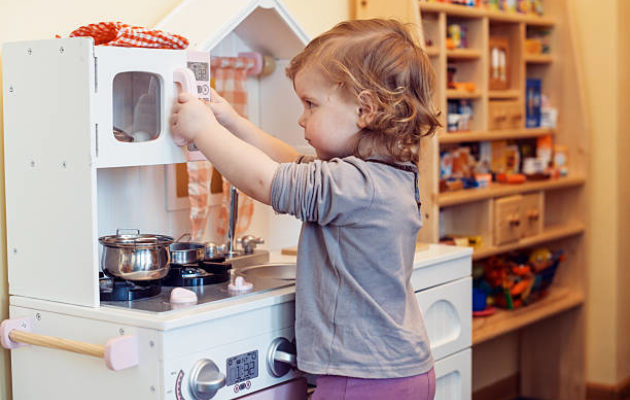
Older Toddlers (18-36 months)
When children are between the ages of 18 and 36 months, they are undergoing significant development across various domains. Large motor skills are improving, and fine motor skills are more refined. Problem-solving skills are developing further, relationships, cooperative play, and emotional regulation has improved. As they become more independent, self-care skills such as dressing, or hygiene are activities they "want" to do on their own.
Keep in mind that each child develops at their own pace, and there can be considerable variation in the timing and sequence of milestones.
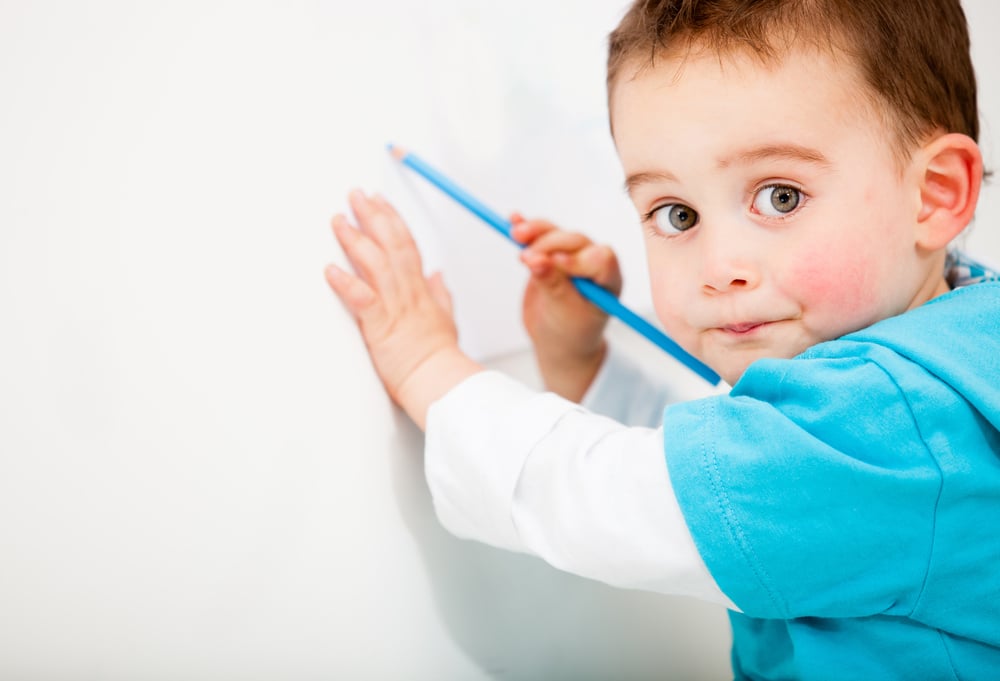
Communication, Language & Literacy
From birth, children are learning language and developing the ability to communicate. Talking, singing, reading, and responding effectively when children express themselves are great investments supporting learning.

Cognitive Development
This fascinating area of development includes understanding how children acquire, organize, and use information in increasingly complex ways. Through play, skills are developed as the foundation for exploring and understanding more sophisticated concepts.
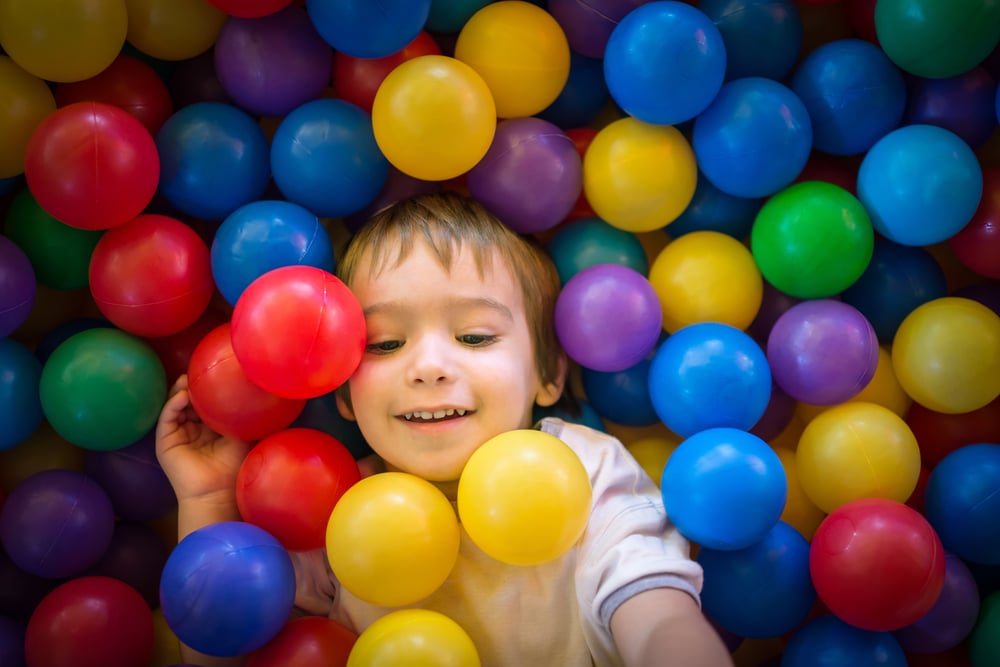
Health & Physical Development
Physical growth, muscle development, nutrition, self-care, health and safety practices are included in this area. Safe and healthy practices support the ability to learn more effectively in all areas.
Activities for children 18 to 36 months.
Try these simple activities with your 18–36-month-old child for their wide-ranging development, strengthening relationships, promoting learning, and fostering lifelong skills and attitudes. By investing time and effort in meaningful interactions and experiences with young children, caregivers play a crucial role in shaping their growth, happiness, and future success. Activities are divided by the five Domains: Approaches to Learning, Social Development and Emotional Development, Communication, Language and Literacy, Cognitive Development, and Health & Physical Development.
